11 Ways Arabian And Thoroughbred Horses Differ

Arabian and Thoroughbred horses are both magnificent breeds, each with their own unique traits and characteristics.
While they may share some similarities due to their equine nature, they differ significantly in various aspects such as appearance, temperament, and history. Both breeds have captured the hearts of horse enthusiasts worldwide, but their distinctive features set them apart in the equestrian world.
Let’s gallop through these differences and explore their unique traits with curiosity.
1. Physical Appearance
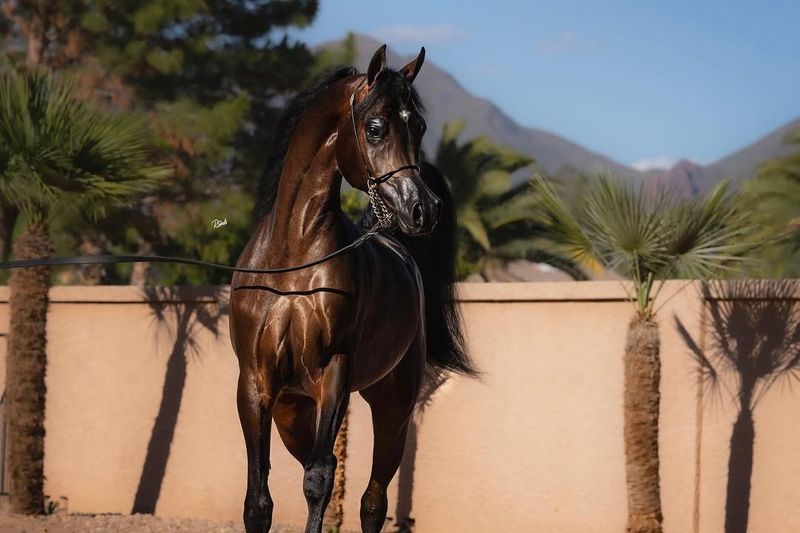
Arabian horses, known for their distinctive dished face, have an undeniable allure. Their arching neck and compact body make them stand out in a crowd. Thoroughbreds, on the other hand, are the supermodels of the horse world with their tall, lean bodies and long legs. While Arabians look like they’ve stepped out of a fairy tale, Thoroughbreds resemble Olympic sprinters ready for the race.
The differences in their physical appearances are not just skin deep. Arabians have fewer vertebrae and ribs compared to other breeds, giving them a compact, yet muscular build. This unique skeletal structure contributes to their elegant posture and high tail carriage. Thoroughbreds, bred for speed, possess a more streamlined build that helps them excel in racing.
In essence, each breed carries its own beauty and grace, tailored by nature and nurture for specific roles. Whether you prefer the fairy tale charm of an Arabian or the athletic prowess of a Thoroughbred, both breeds offer an aesthetic appeal that’s hard to resist.
2. Temperament
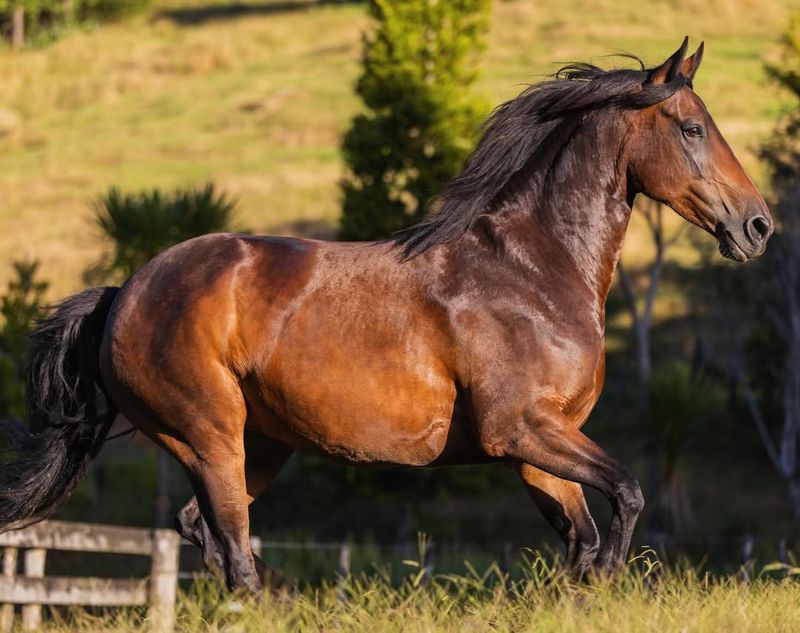
When it comes to temperament, Arabian horses are often described as spirited and alert. Their intelligence and curiosity make them quick learners, but sometimes a bit too clever for their own good! They enjoy human interaction and thrive on companionship, making them a favorite among riders who appreciate a horse with personality.
Thoroughbreds, despite their racing pedigree, are known for their level-headedness and determination. They exhibit a focused nature, especially when on the track, where their calm demeanor helps them concentrate on the task at hand. While they may not be as flamboyant as Arabians, their reliability and work ethic shine through.
In the end, choosing between an Arabian and a Thoroughbred might come down to whether you prefer the playful antics of a spirited companion or the steadfast loyalty of a determined athlete. Both breeds bring something special to the stable, offering unique experiences for those lucky enough to ride them.
3. Origin and History
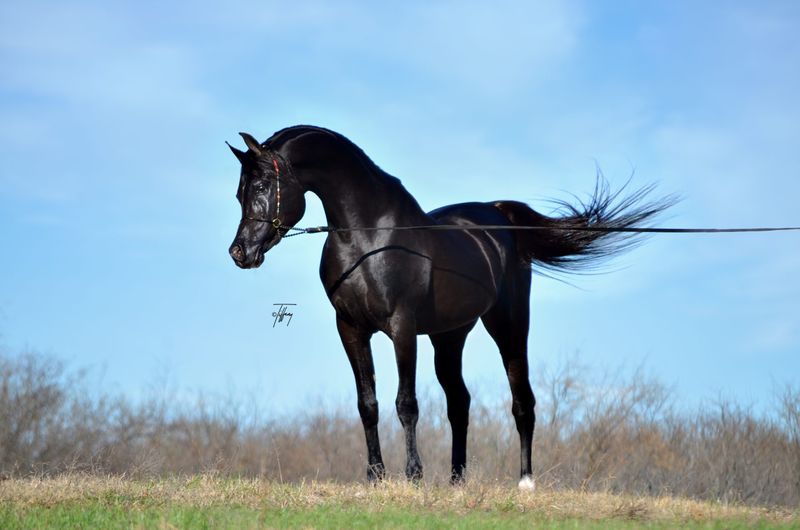
The origin stories of Arabian and Thoroughbred horses are as fascinating as their distinctive traits. Arabian horses boast a history steeped in mystique, hailing from the deserts of the Middle East. They’ve been companions of Bedouin tribes for centuries, revered for their endurance and ability to withstand harsh conditions. Tales of their loyalty and stamina are legendary, making them a symbol of the desert’s spirit.
Thoroughbreds, by contrast, galloped into the scene during the 17th century in England. Bred specifically for racing, they emerged from selective breeding of native English mares with imported Arabian, Barb, and Turkoman stallions. This blend of speed and endurance crafted a horse perfectly suited for the racetrack, and the breed soon became synonymous with competitive success.
These rich histories not only highlight the diverse backgrounds of these breeds but also underscore the roles they have played in shaping equestrian culture around the world. Whether it’s the Arabian’s role in cultural lore or the Thoroughbred’s racing prestige, both breeds have stories that continue to captivate enthusiasts.
4. Endurance and Speed
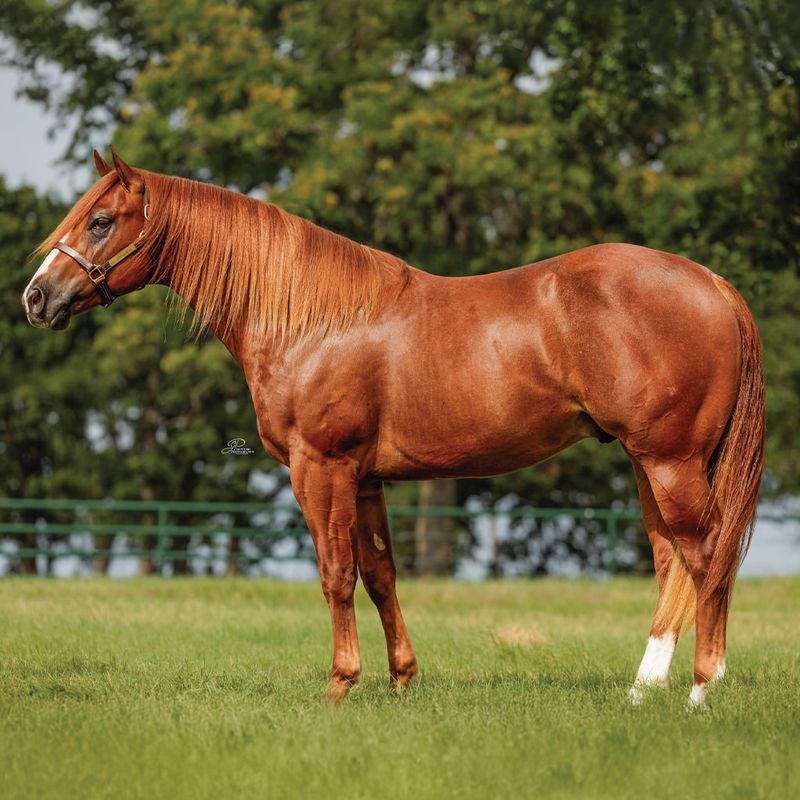
In the race of endurance versus speed, Arabians and Thoroughbreds each hold distinct titles. Arabian horses are renowned for their unparalleled endurance. They can trot across vast stretches of desert without breaking a sweat, a testament to their long history as desert dwellers. With their ability to conserve energy over long distances, Arabians have dominated endurance events worldwide.
Thoroughbreds, in contrast, are the Usain Bolts of the horse world. Bred for speed, these horses are built to excel in short, high-intensity races. Their powerful legs and deep chests propel them to remarkable velocities on the racetrack, where seconds can make the difference between victory and defeat.
While Arabians might win the marathon, Thoroughbreds take the sprint. Both breeds excel in their specialized arenas, offering riders the chance to experience the thrill of endurance or the rush of speed, depending on their equestrian preferences.
5. Versatility
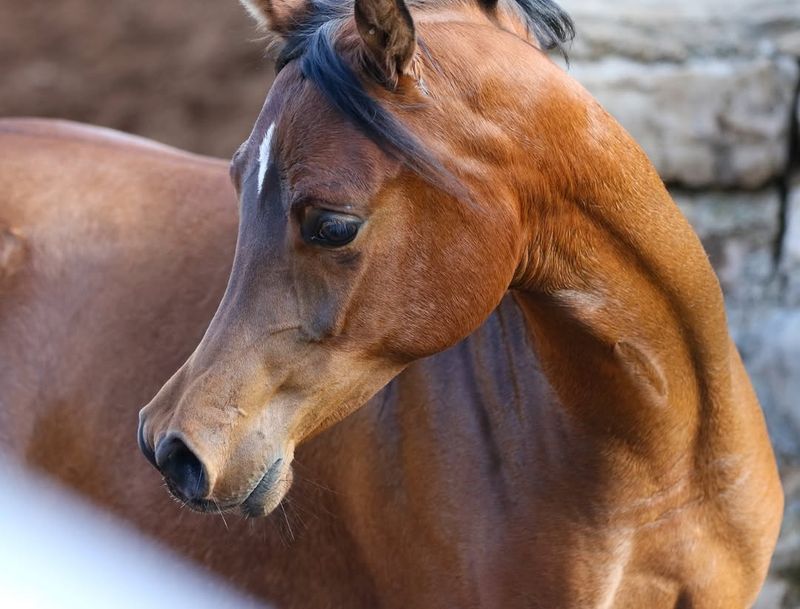
When it comes to versatility, Arabian horses are the Swiss Army knives of the equestrian world. Known for their adaptability, they excel in a variety of disciplines from dressage to endurance riding. Their intelligence and willingness to learn make them ideal candidates for riders seeking a horse that can do it all.
Thoroughbreds, while primarily bred for racing, have also shown their versatility over the years. Many retired racehorses find second careers in show jumping, eventing, and even fox hunting. Their athleticism and competitive spirit translate well to these new challenges, proving that they are more than just racehorses.
Whether you’re looking for a horse that can seamlessly transition between disciplines or one that can conquer the racetrack before embarking on a new adventure, both Arabian and Thoroughbred horses offer a range of possibilities. Their adaptability ensures that they can meet the diverse needs of equestrians around the world.
6. Head and Neck
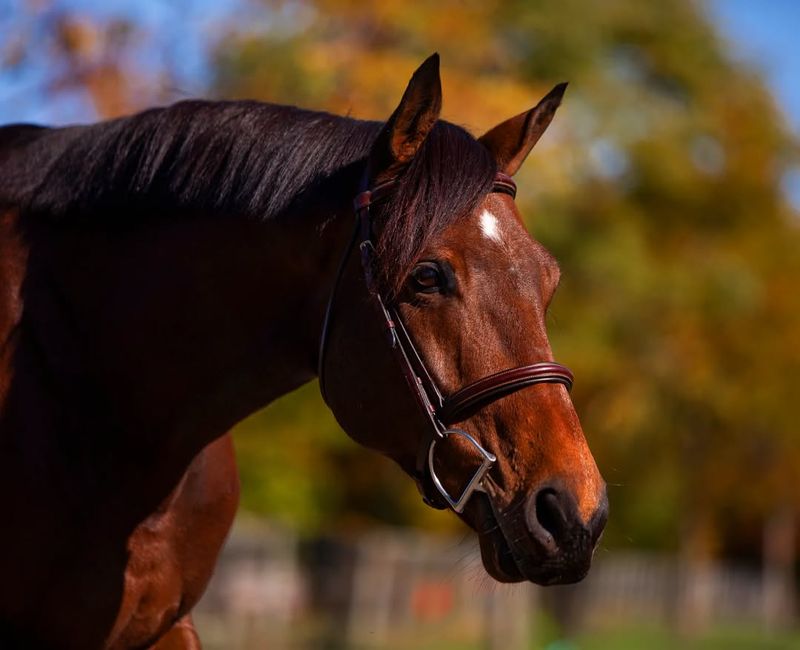
Arabian and Thoroughbred horses each possess distinct head and neck characteristics that reflect their unique lineage. Arabians are renowned for their finely chiseled heads and dished profiles, often adorned with large, expressive eyes. Their arching necks add to their regal appearance, giving them a commanding presence.
In contrast, Thoroughbreds feature a straighter profile, with longer and more muscular necks that speak to their racing heritage. Their heads, while less ornate, convey a sense of speed and agility, perfectly suited for the demands of the racetrack.
These differences in head and neck structure not only contribute to each breed’s visual appeal but also affect their functionality. The Arabian’s refined head aids in desert survival, while the Thoroughbred’s aerodynamic profile enhances its racing capabilities. Both breeds showcase the beauty of equine evolution, honed for specific purposes over centuries.
7. Size and Build
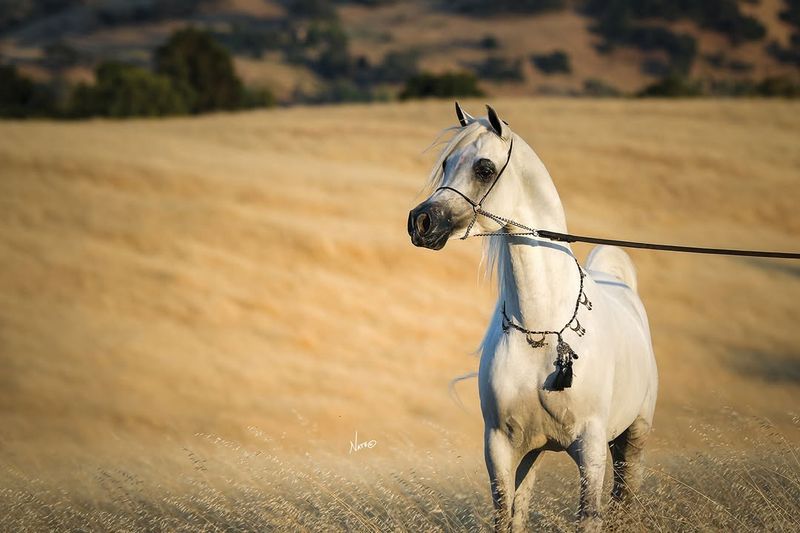
In the world of equine physiques, Arabian and Thoroughbred horses present two distinct silhouettes. Arabians are known for their compact and muscular build, typically standing between 14.1 and 15.1 hands high. Their shorter stature and robust build make them agile and resilient, traits that have served them well in their desert origins.
Thoroughbreds, on the other hand, often tower over their Arabian counterparts, with an average height ranging from 15.2 to 17 hands. Their long limbs and lean bodies are optimized for speed, enabling them to excel in the high-paced world of horse racing.
While Arabians charm with their stout and sturdy appearance, Thoroughbreds captivate with their elegant and athletic form. Each breed’s size and build are perfectly suited to their historical roles, showcasing the diversity of equine evolution and the specialized traits developed for their respective environments.
8. Hoof Structure

Hoof structure might not be the first thing you notice about a horse, but it plays a crucial role in their overall function and health. Arabian horses possess compact, rounded hooves, designed for traversing the rocky and sandy terrains of their desert homeland. These sturdy hooves contribute to their reputation for endurance and resilience.
In contrast, Thoroughbreds have larger, flatter hooves, suited for the softer, manicured surfaces of racetracks. Their hoof structure complements their speed-oriented build, allowing them to achieve the swift movements necessary in racing. However, these larger hooves can make them more susceptible to certain hoof-related issues.
Whether built for endurance or speed, each breed’s hoof structure highlights their adaptation to their environments. Understanding these differences can provide insights into their care and management, ensuring that each horse remains healthy and happy in their respective activities.
9. Tail Carriage
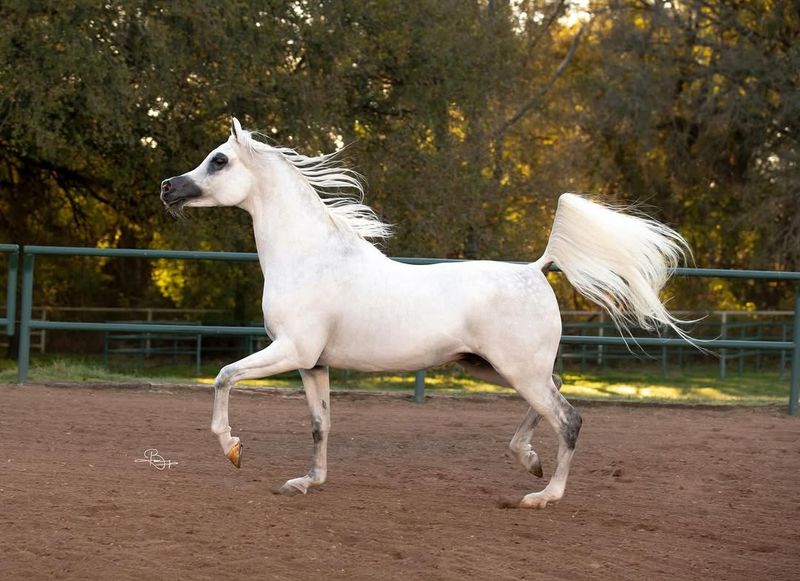
In the realm of equine aesthetics, tail carriage is a subtle yet noticeable difference between Arabian and Thoroughbred horses. Arabian horses are famous for their high tail carriage, a trait that adds to their regal and spirited appearance. This elevated tail posture is not just for show; it’s a natural characteristic that reflects their lively nature.
Thoroughbreds, in contrast, carry their tails lower and more relaxed. This more subdued tail carriage complements their overall streamlined and focused appearance, suited to their racing background.
While a tail may seem like a minor detail, it contributes to the overall impression each breed makes. The Arabian’s high, flag-like tail and the Thoroughbred’s sleek, understated tail posture both enhance their respective breed standards, adding to their unique and captivating charm.
10. Popularity and Use
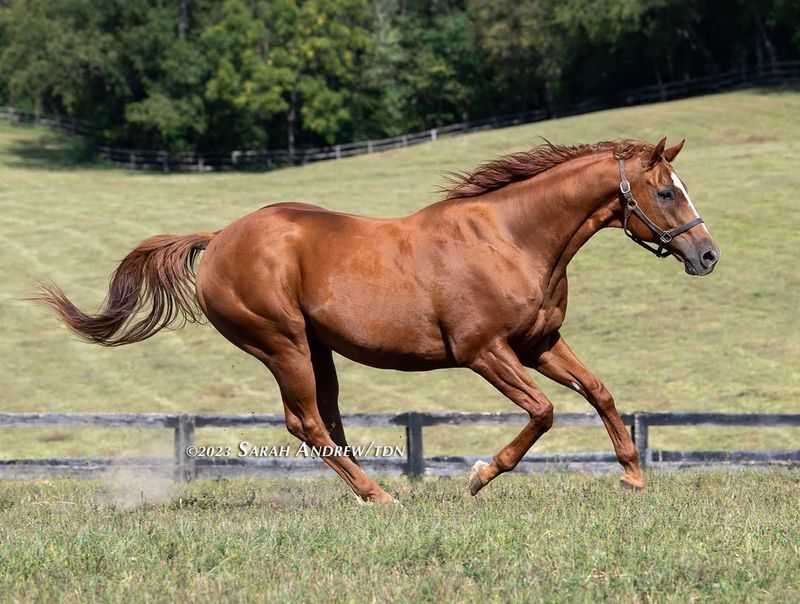
Popularity contests in the equine world often see Arabian and Thoroughbred horses vying for top spots, but for different reasons. Arabians have carved out a niche in endurance racing, where their stamina is unmatched. Their ability to perform under pressure in long-distance events makes them a favorite among endurance riders.
Thoroughbreds, however, dominate the world of flat racing. Their speed and agility on the racetrack have made them icons in the horse racing industry, with prestigious events like the Kentucky Derby showcasing their talents. Outside of racing, many Thoroughbreds transition to careers in show jumping and eventing, where their athleticism continues to shine.
Whether it’s the Arabian’s endurance feats or the Thoroughbred’s racing legacy, each breed enjoys a unique form of popularity. Their specialized skills ensure that both remain prominent in the equestrian world, celebrated for their distinct contributions to various disciplines.
11. Lifespan and Health
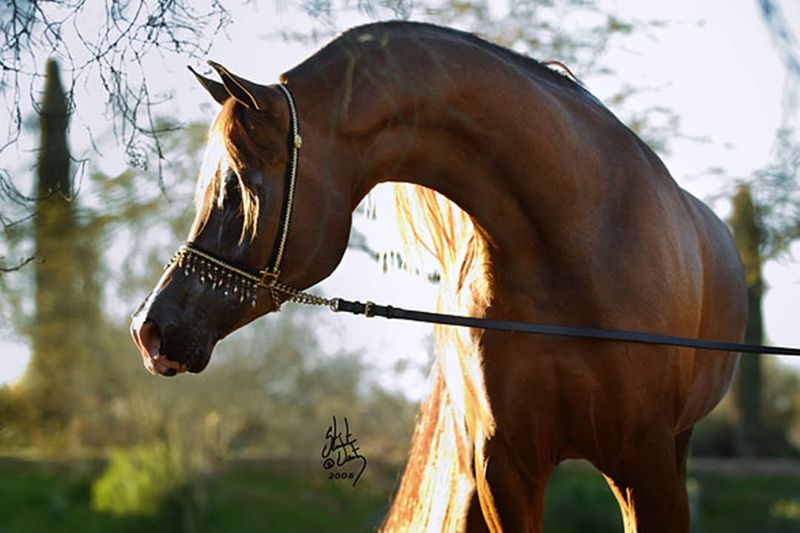
When it comes to lifespan and health, Arabian horses often have the upper hand. Known for their longevity, they can live well into their 30s, with many maintaining good health throughout their senior years. This robust health and longevity are partly due to their hardy constitution, developed in the challenging desert environment.
Thoroughbreds, while also capable of living long lives, often face more health challenges, particularly related to their racing careers. The physical demands of racing can lead to issues such as joint problems or injuries, which may impact their overall lifespan. However, with proper care and management, many Thoroughbreds enjoy full and active lives well into their 20s.
Whether you’re drawn to the Arabian’s impressive longevity or the Thoroughbred’s spirited racing career, both breeds offer unique experiences. Understanding their health and lifespan can help owners provide the best care, ensuring these magnificent animals thrive throughout their lives.
